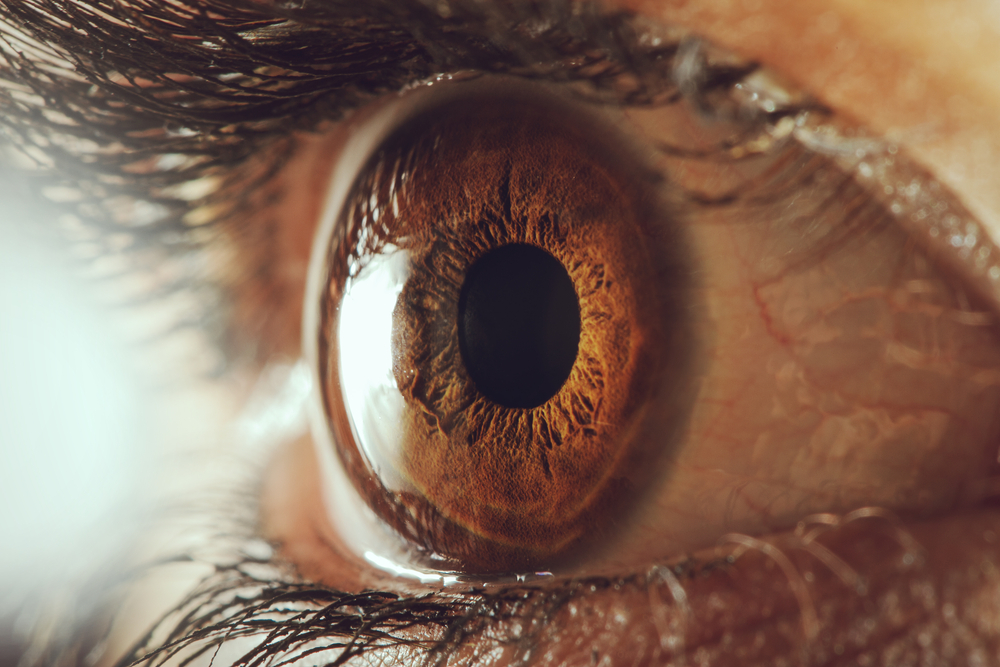Gaucher Disease Leads to Eye Manifestations Needing Early Diagnosis, Treatment, Review Suggests
Written by |

Manifestations in the eye are rare symptoms of Gaucher disease that can affect patients with all disease subtypes, a review study suggests. These symptoms should be diagnosed and treated early to avoid complications, including loss of sight.
The study, “Ophthalmic manifestations of Gaucher disease: the most common lysosomal storage disorder,” was published in the British Journal of Ophthalmology.
Gaucher is a genetic condition caused by mutations in the GBA gene, which holds the instructions to produce the glucocerebrosidase enzyme. A lack of glucocerebrosidase activity leads to toxic accumulation of lipids in certain cells — known as Gaucher’s cells — which build up and cause organ damage.
Growing evidence has shown that Gaucher can affect the eye. This review study focused on how the condition affected the organ, what factors are associated with ocular manifestations, and the treatments.
All subtypes of Gaucher’s disease (types I to III) have been associated with symptoms in the eye. The most common included defects in voluntary eye movement, difficulty in moving the eyes vertically and horizontally, and strabismus — when the eyes are misaligned.
Other abnormalities included paralysis or weakness of eye muscle, a rapid and involuntary eye movement, slow eye movement, a lack of full range of eye movement, incapacity to follow objects, and eyes turned inward.
Ocular symptoms tend to be the first neurological manifestations in Gaucher; they appear early in life and tend to get worse as the disease progresses. It is suggested that most cases are accompanied by the presence of Gaucher’s cells in the eye tissues.
Severe manifestations of Gaucher in the eyes included inflammation of different structures, which could be associated with sight reduction, eyes coming out of their orbit, and obstruction of the eye artery.
Gaucher patients are more prone to different types of blood cell cancers, such as lymphomas and myelomas. This should be taken into account by doctors treating patients with ocular manifestations because some blood cancers can affect the eye.
There are no specific treatments for eye manifestations in Gaucher. However, high doses of enzyme replacement therapy (ERT) — injection of a functioning glucocerebrosidase enzyme — eased the symptoms even in severe manifestations.
Substrate reduction therapy (SRT) — treatment that blocks production of the fatty molecules that build up in Gaucher patients — is less invasive but has failed to improve eye symptoms in most cases.
Combinations of SRT and ERT have shown some promising results restoring the speed of eye movements, and pharmacological chaperone therapy — small proteins that help the defective glucocerebrosidase fold into a functional shape — have increased pupillary reflexes.
Type 1 Gaucher disease is commonly described as lacking neural involvement. However, recent studies have shown that these patients have a higher risk of Parkinson’s disease and that they present motor and olfactory symptoms.
These patients appear to benefit more from dopamine therapies used for Parkinson’s than from the enzyme replacement therapy normally used in Gaucher patients.
“[Gaucher disease] is associated with various structural and functional abnormalities that can affect any part of the eye. Some can be sight-threatening and potentially amenable to therapy,” investigators said.
However, they noted that the treatment should be done with caution, evaluating each patient individually.
“Although retinal involvement is rare in GD, any manifestations should be monitored and treated early to reduce the risk of progression,” they said.



